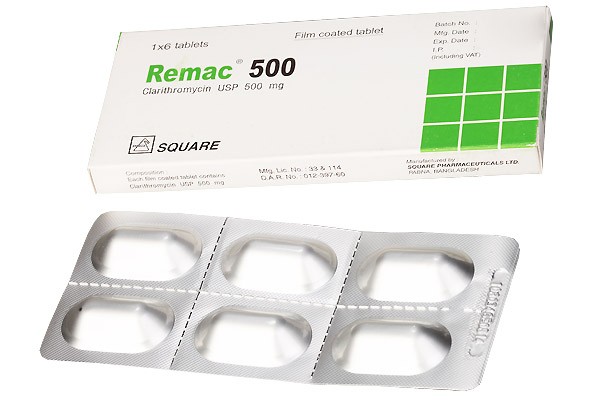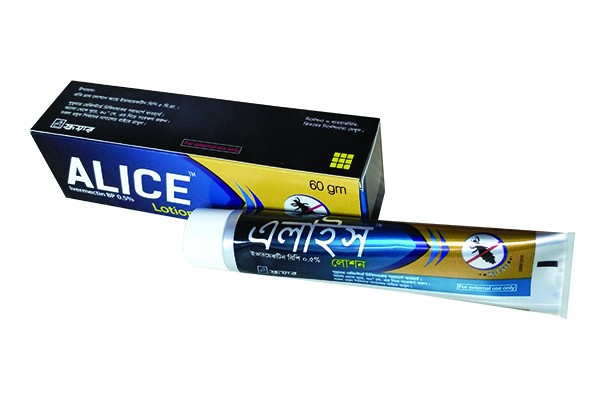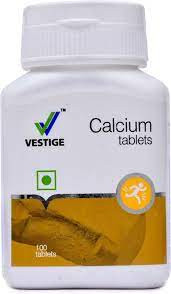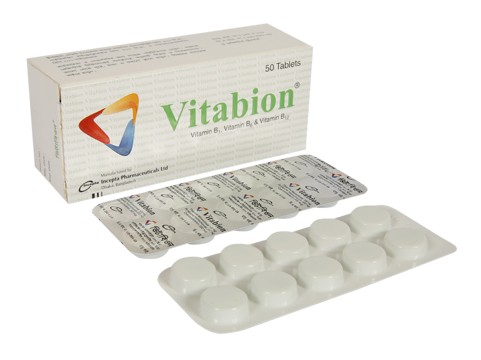

Remac Tablet 500 mg (6Pcs)
Inhouse product
-
৳1,030.00
৳1,550.00 -
৳10.00
৳12.00 -
৳280.00
৳500.00 -
৳127.00
৳132.00 -
৳900.00
৳1,300.00 -
৳112.00
৳120.00
Reviews & Ratings
Indications
Clarithromycin is indicated in:
Lower respiratory tract infection: acute and chronic bronchitis and pneumonia
Upper respiratory tract infection: sinusitis and pharyngitis
Community-acquired pneumonia, atypical pneumonia;
Skin and soft tissue infection
Adjunct in the treatment of duodenal ulcers to eradicate of H. pylori.
Therapeutic Class
Macrolides
Pharmacology
Clarithromycin acts by inhibiting microsomal protein synthesis in susceptible organisms mainly by binding to the donor site on the 50S sub- unit of the bacterial ribosome and preventing translocation to that site. Clarithromycin is active against most Gram-positive bacteria and Chlamydia, some Gram-negative bacteria and Mycoplasmas. Clarithromycin’s activity is the same as, or greater than, that of erythromycin in vitro against most Gram-positive bacteria. Clarithromycin is more acid stable than erythromycin and therefore, is better tolerated. Clarithromycin has twice the activity of erythromycin against H. influenzae. Most species of Gram-negative bacteria are resistant to clarithromycin because of failure to penetrate to the target.
Dosage
Adults:
Pharyngitis/Tonsillitis: 250 mg for 10 days
Acute maxillary sinusitis: 500 mg for 14 days
Chronic bronchitis: 250 – 500 mg for 7-14 days
Pneumonia: 250 mg for 7-14 days
Uncomplicated skin and skin structure infections: 250 mg for 7-14 days
Community-acquired upper and lower respiratory tract infections: 250 – 500 mg for 5-14 days
Children:
Body weight under 8 kg: 7.5 mg/kg twice daily
Body weight of 8-11 kg (1-2 years): 62.5 mg twice daily
Body weight of 12-19 kg (3-6 years): 125 mg twice daily
Body weight of 20-29 kg (7-9 years): 187.5 mg twice daily
Body weight of 30-40 kg (10-12 years): 250 mg twice daily
Eradication of H. pylori in patients with duodenal ulcers:
Triple Therapy: Clarithromycin (500mg) twice daily and lansoprazole 30mg twice daily should be given with amoxycillin 1000mg twice daily.
Triple Therapy: Clarithromycin (500mg) twice daily and lansoprazole 30mg twice daily should be given with metronidazole 400mg twice daily.
Triple Therapy: Clarithromycin (500mg) twice daily and omeprazole 40mg daily should be given with amoxycillin 1000mg twice daily or metronidazole 400mg twice daily.
Triple Therapy: Clarithromycin (500mg) twice daily should be given with amoxycillin 1000mg twice daily and omeprazole 20mg daily.
Dual Therapy: The usual dose of Clarithromycin is 500mg three times daily for 14 days.
Clarithromycin should be administered with oral omeprazole 40mg once daily. The pivotal study was conducted with omeprazole 40mg once daily for 28 days. Supportive studies have been conducted with omeprazole 40mg once daily for 14 days.
Administration
This may be given with or without meals.
Interaction
Theophylline: Concomitant use of clarithromycin who are receiving theophylline may be associated with an increase in serum theophylline concentrations. Terfenadine: Clarithromycin may alter the metabolism of terfenadine. Carbamazepine: Clarithromycin may increase area under the serum concentration-time curve (AUC) for carbamazepine and decreased peak serum concentration and AUC for carbamazepine.
Contraindications
Hypersensitive to Clarithromycin, Erythromycin or any of the macrolide antibiotics. Patients receiving terfenadine who have pre-existing cardiac abnormalities or electrolyte disturbances.
Side Effects
The most frequent and common adverse reactions related to clarithromycin therapy for both adult and peadiatric populations are abdominal pain, diarrhoea, nausea, vomiting and taste perversion. These adverse reactions are usually mild in intensity and are consistent with the known safety profile of macrolide antibiotics. There was no significant difference in the incidence of these gastrointestinal adverse reactions during clinical trials between the patient population with or without pre-existing mycobacterial infections.
Pregnancy & Lactation
Clarithromycin is not recommended for pregnant women. Breast milk from mothers receiving Clarithromycin should not be given to infants until treatment is completed.
Precautions & Warnings
Caution should be taken in administering this antibiotic to patients with impaired hepatic and renal function. Prolonged or repeated use of Clarithromycin may result in an overgrowth of nonsusceptible bacteria or fungi. If superinfection occurs, Clarithromycin should be discontinued. Pharmaceutical precaution Clarithromycin tablet should be stored in a cool and dry place and away from sunlight.
Use in Special Populations
Clarithromycin may be used in neonates and children in appropriate doses.
Overdose Effects
Symptoms: Ingestion of large amounts of Clarithromycin can be expected to produce gastrointestinal symptoms. Symptoms of overdose may largely correspond to the profile of side effects.
Management: There is no specific antidote on overdose. Serum levels of Clarithromycin can not be reduced by haemodialysis or peritoneal dialysis.
Duration of Treatment
Children older than 12 years and Adult: The usual duration of treatment is 6 to 14 days.
Eradication of H. pylori in patients with duodenal ulcers: Adults: The usual duration of treatment is 6 to 14 days.
Reconstitution
45 ml of water is to be added to the granules in the bottle and shaken to yield 70 ml of reconstituted suspension. The concentration of clarithromycin in the reconstituted suspension is 125 mg per 5 ml.
Storage Conditions
Store in a cool and dry place, protected from light.
Frequently Bought Products
-
৳1,030.00
৳1,550.00 -
৳10.00
৳12.00 -
৳280.00
৳500.00 -
৳127.00
৳132.00 -
৳900.00
৳1,300.00 -
৳112.00
৳120.00
Online Shopping Bangladesh : MShopBD-Majumder Shop
MShopBD-Majumder Shop Online Shopping in Bangladesh is the Best Shopping store within 10000+ products cash on delivery in dhaka, Khulna, ctg & all over Bangladesh with COD-cash on delivery (Only Shipping Cost Advance ) under by www.esdp.gov.bd (bangladesh.gov.bd ) Home Delivery all Over Bangladesh different location and shop as like as Multivendor Online Sites in BD.
Thank you for choosing MShopBD - Majumder Shop!







